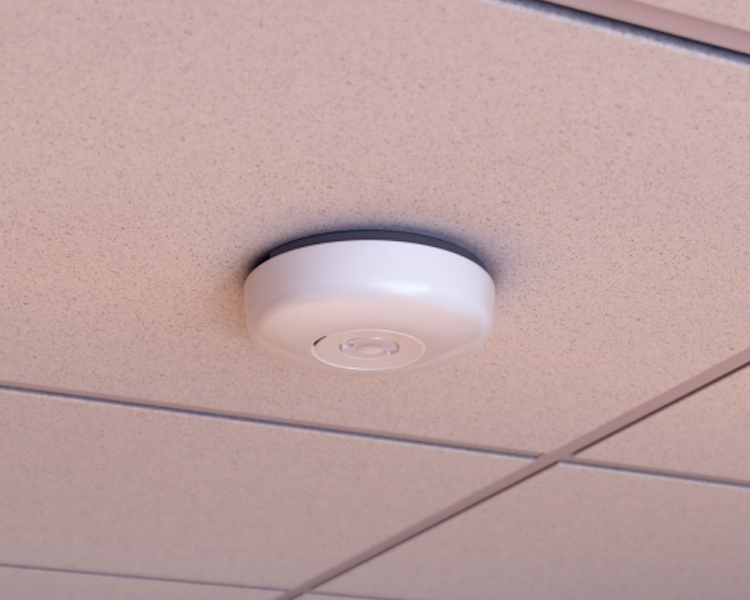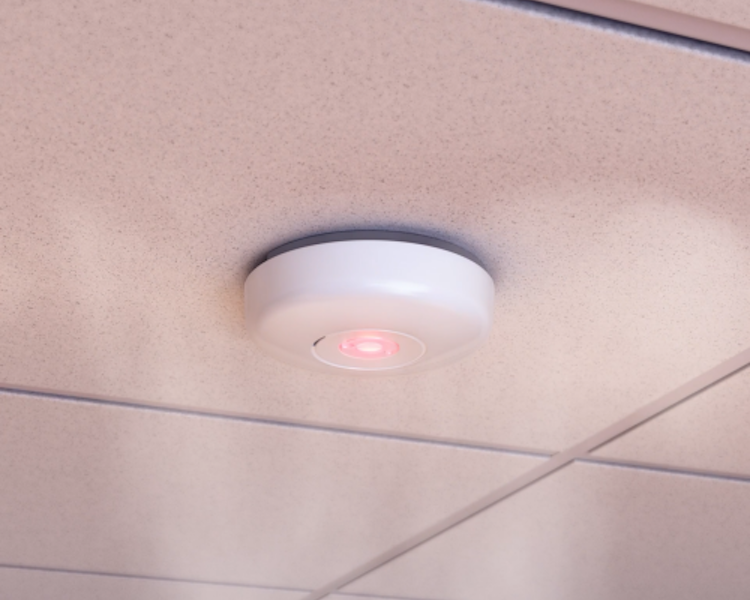Recent studies indicate that nearly 10% of secondary school pupils in England vape frequently. Data also shows that 25% of 11 to 15-year-olds have experimented with vaping, and the incidence of both regular and occasional vaping among high school students has risen annually since 2018.
While often perceived as a safer alternative to smoking, vaping carries its own set of health risks, especially for young people.
- Vaping exposes users to fewer toxins than smoking. However, it's not harmless.
- Vaping involves inhaling an aerosol that can contain nicotine, flavourings, and other chemicals.
- Some studies suggest that vaping reduces the influence of signalling molecules needed to keep blood vessels relaxed and healthy.
- Vapes confiscated from school pupils have been found to contain harmful levels of lead, nickel, and chromium.
![]()
Schools on the Front Lines: Current Strategies
Schools across England are employing a variety of strategies to address the growing issue of vaping on their premises. Many schools are incorporating vaping prevention education into their curriculum, particularly within PSHE lessons, to raise awareness about the risks and legal implications.
Developing and consistently enforcing clear school policies that explicitly prohibit vaping on school grounds, often treating it similarly to tobacco and alcohol, is another common approach.
When students are caught vaping, schools often confiscate the devices and implement disciplinary procedures, increasingly focusing on providing support and education rather than solely punitive measures, with some schools even exploring peer support programs where students can encourage each other to avoid vaping.
The Role of Vape Detection Sensors
Reliable vape detection sensors can be seamlessly integrated into a school's overall strategy to combat student vaping. These sensors provide real-time data that can support the enforcement of school policies by identifying when and where vaping is occurring.
- Early Detection: Sensors can quickly identify vaping activity, enabling swift intervention.
- Deterrent Effect: The presence of detection systems can discourage students from vaping on school premises.
- Easy Integration: Many systems can integrate seamlessly with existing CCTV and building management systems.
Furthermore, the presence of visible vape detectors can act as a deterrent, complementing educational initiatives and policy enforcement. A multi-faceted approach that combines preventative education, clear and consistently applied policies, supportive interventions for students who vape, and the strategic deployment of technology like vape detection sensors is likely to be the most effective way for schools to address this complex issue.
The TAKEX Solution: Introducing VS-1000E
VS-1000E is specifically designed to tackle vaping in sensitive environments like schools. Utilising high-sensitivity particle sensors and advanced detection algorithms, it is engineered to identify vape and smoking activities in privacy-sensitive areas like restrooms where traditional surveillance methods are not appropriate.
- No Privacy Concerns: Unlike other monitoring systems, VS-1000E puts student privacy first: no video surveillance, no audio recordings, just reliable detection where it counts.
- No Hidden Costs: VS-1000E requires no app-based management or licensing, and includes an automatic self-cleaning function for maintenance-free operation.


![]()
The increasing prevalence of vaping in schools poses a significant threat to the health and well-being of our children. By understanding the risks associated with vaping and implementing effective solutions like vape detection systems, we can create a safer and healthier environment for students to learn and grow.
It's a collective responsibility to address this issue and ensure the well-being of the next generation.